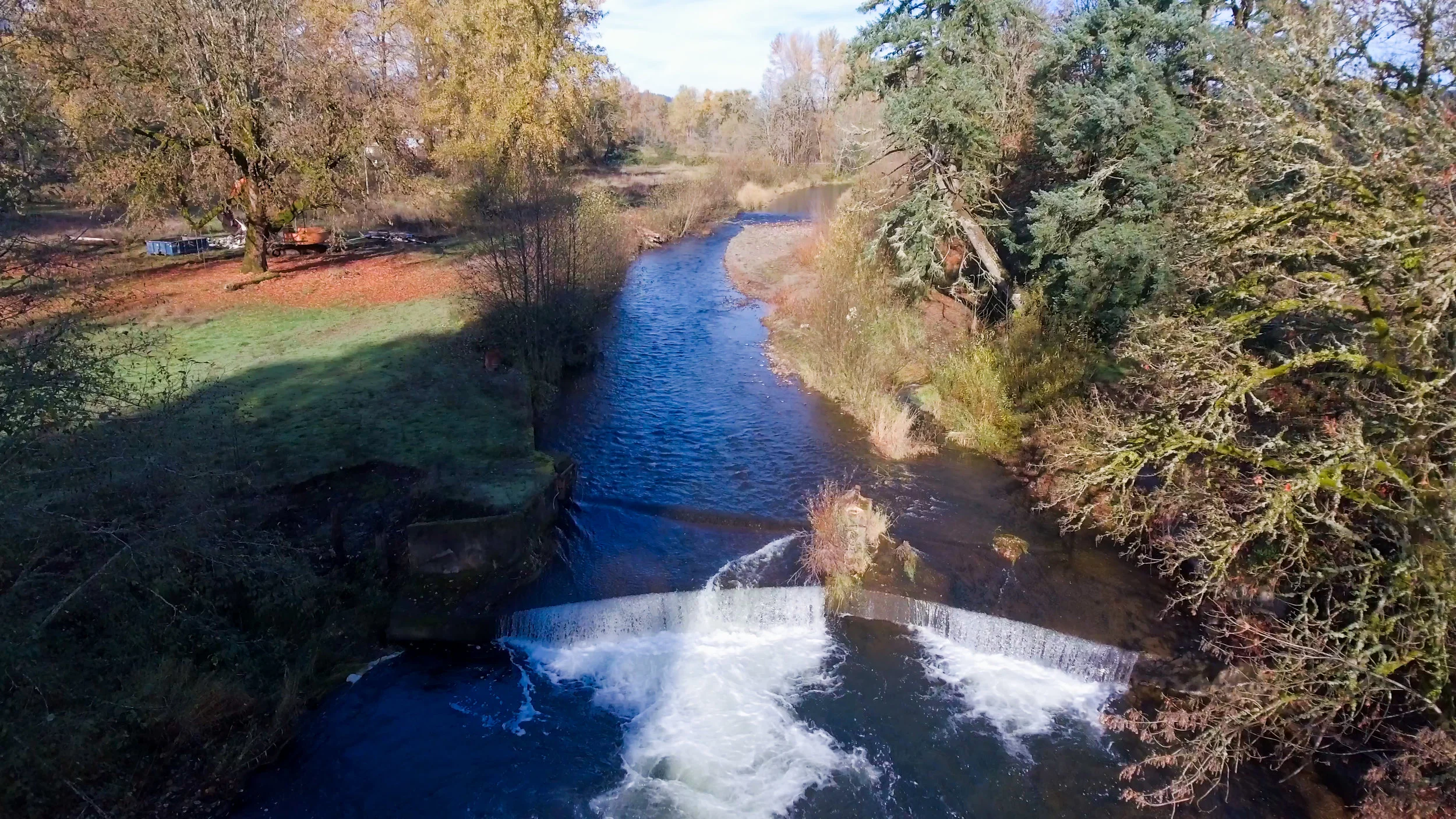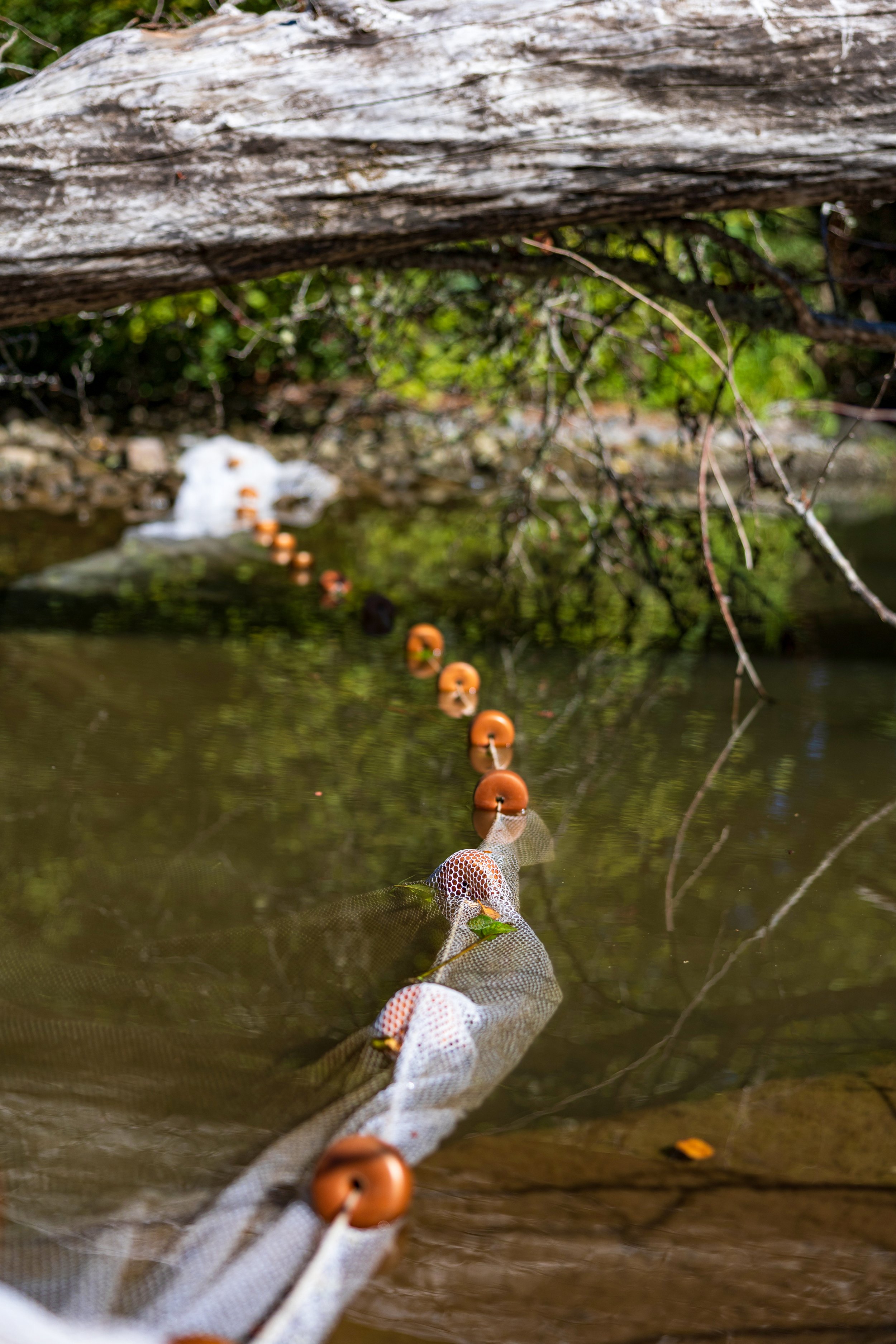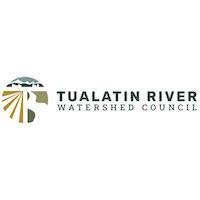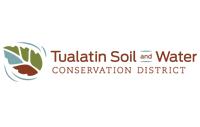Fish Passage Barrier Removal Opens Up Prime Habitat
Gales Creek winds for more than fifty miles through western Washington County, offering some of the best habitat in the region for two endangered species, winter steelhead and Pacific lamprey, as well as coho salmon, cutthroat trout, mountain whitefish, mountain sucker and largescale sucker.
For decades, however, 12 miles upstream from where Gales Creek joins the Tualatin River, an obsolete concrete dam at Balm Grove impeded fish passage.
After purchasing the site in 2016, Tree for All partners laid the groundwork to remove the dam and restore fish passage to more than 35 miles of prime habitat. Partners recognized that removal of the concrete dam at Balm Grove was one of the most important steps that our community could take to directly benefit aquatic life in the Tualatin River Watershed. In late summer 2022, the dam was removed.
The Site
Size: 12 acres
Stream length: 1,167 feet
First planting: TBA
The Challenge
For much of the 20th century, Balm Grove was a recreational facility, with a swimming hole downstream from the concrete structure. Over time, it ceased to function as a gathering spot—yet the concrete structure remained in place, creating a fish passage blockage between the stream’s upper and lower reaches.
The obsolete structure was a complete barrier to juvenile and adult mountain whitefish, mountain sucker, largescale sucker and the endangered Pacific lamprey. It was also a major barrier to coho salmon and the endangered winter steelhead, blocking all but the strongest of these species. Clean Water Services, Tualatin Riverkeepers, Tualatin River Watershed Council, Oregon Department of Fish and Wildlife, and Metro all declared the Balm Grove site as a top restoration priority.
The Transformation
When the Balm Grove property came on the market in 2016, Tree for All partners pooled their resources, purchased it, and launched into project planning and community outreach. Invasive plant removal began immediately, in preparation for revegetation. A team with expertise on similar projects developed engineering plans to remove the concrete structure and enhance the creek. At a series of community meetings, neighboring landowners shared their perspectives and learned about the project.
Project groundbreaking took place in the summer of 2022. The creek was carefully diverted, fish were salvaged and relocated, and the dam was removed.
This construction process will be followed by two years of habitat restoration and revegetation. In the long term, partners will monitor conditions in and around the stream to promote ecological health and stream stability and to protect this critical fish habitat for generations to come.
Watch a timelapse of the dam removal in the video below:
Learn More
This project would not be possible without generous grant funding from:

















































